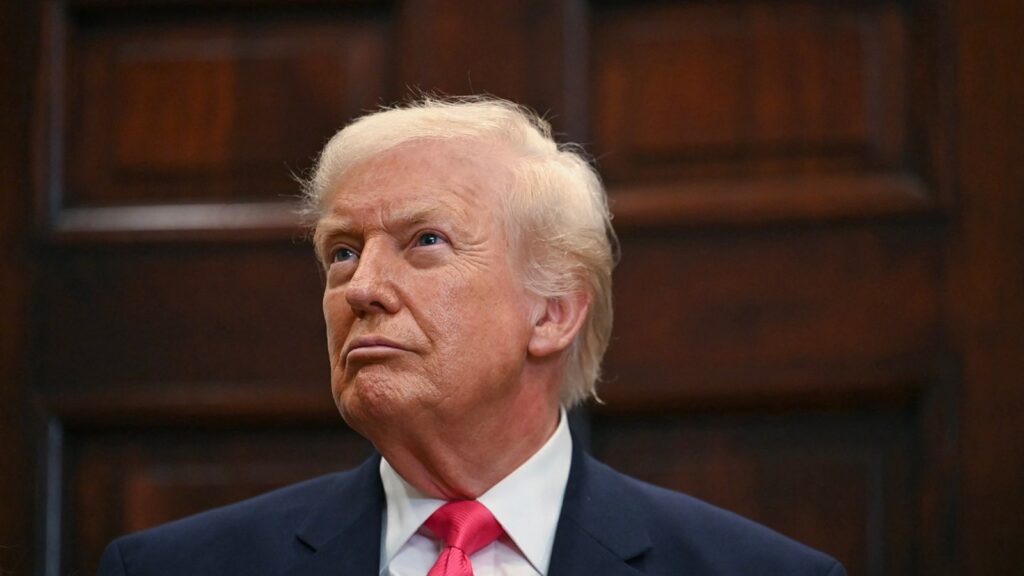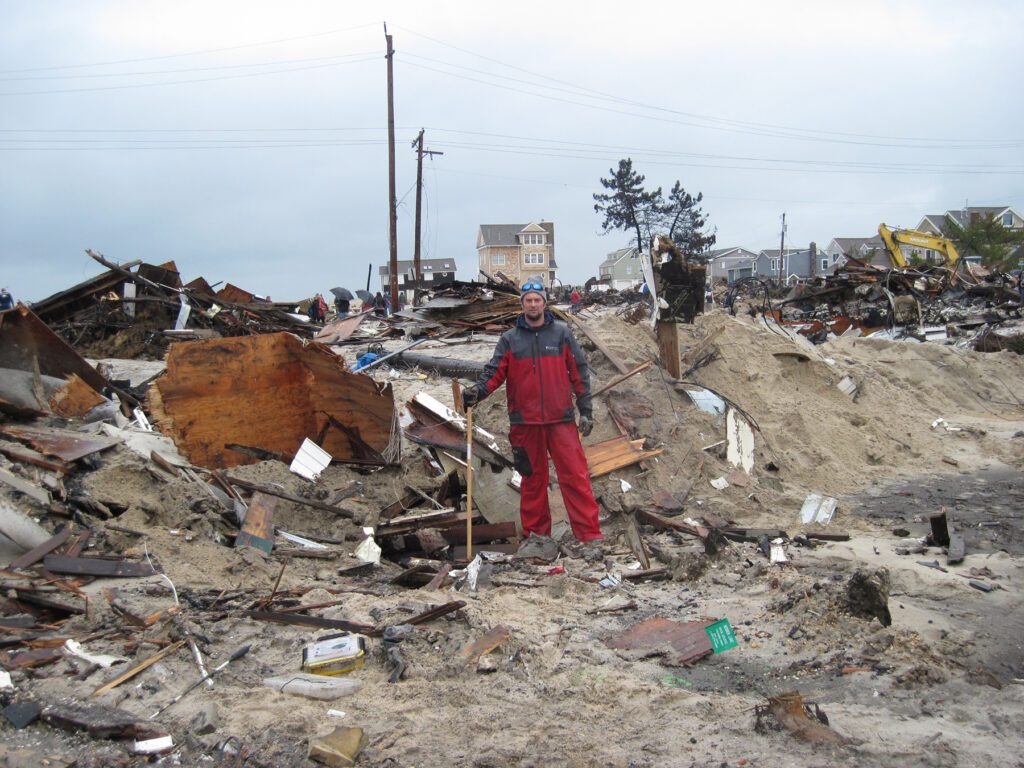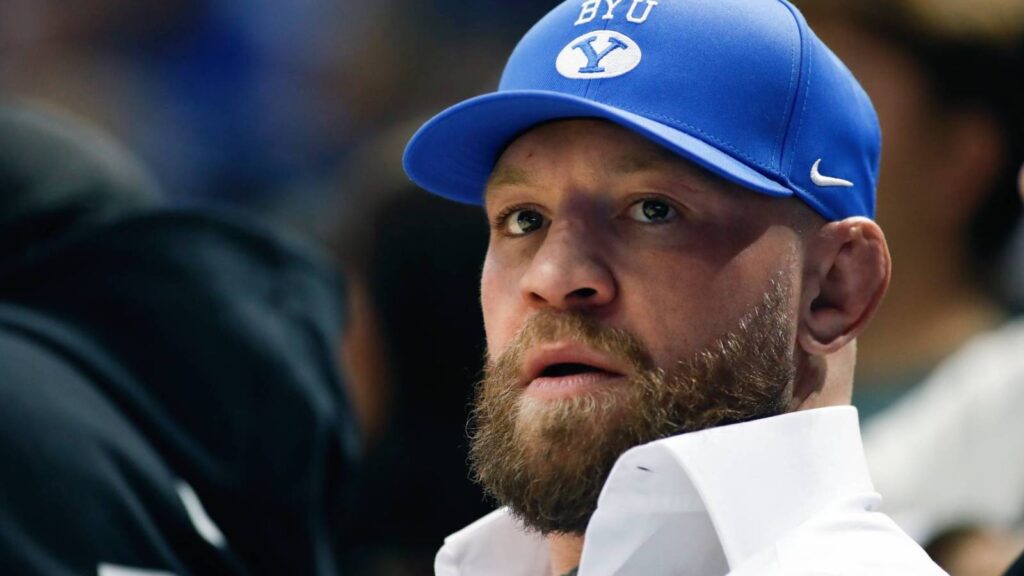Why Creators Have Stopped Editing Their Content
WHEN DAN HENTSCHEL, a 28-year-old comedic YouTuber, goes to make a video, he props his phone up on the dashboard of his car, talks for up to 40 minutes uninterrupted, and posts it.
“I don’t edit them,” he says of his videos. “The whole reason why people are enjoying this form of content is because it feels spontaneous, because it feels like it’s somebody who’s just talking to you.” Hentschel’s stripped-down approach is working. In less than four months, he’s amassed more than 160,000 subscribers and 12 million collective views.
Hentschel represents a new class of creators who’ve emerged recently, garnering large audiences by posting stripped-down, raw content with zero or extremely minimal editing. The fitness YouTuber Sam Sulek is perhaps the best-known “no edit” creator. He began uploading videos of himself working out at the gym with no cuts, no captions, no edits last January, and in just over a year, racked up more than 3.5 million subscribers. This past spring, Davis Clarke, a capital-management manager at Citizens Bank in Boston, skyrocketed to almost 730,000 followers on Instagram through his no-edit videos, where he simply shares his thoughts about life and business straight to the camera.
After years of drowning in so-called retention-edited content, packed full of souped-up graphics, bold text onscreen, sound effects, and visual elements, audiences are gravitating toward more stripped-down, unedited videos, giving these emerging creators a boost.
“For every action, there is an equal and opposite reaction,” says Brendan Gahan, co-founder and CEO of Creator Authority, an influencer marketing company. Gahan says that social media users are getting fatigued by the overstimulating, brain-rot style of videos, where graphics and sounds appear every 1.5 seconds. No-edit creators, he says, are building deeper relationships with their followers.
“Audiences are turning to creators they feel they can relate to and connect with,” he says. “The no-edit format feels more intimate. It’s as if you’re hanging out with your friend at the gym, going for a car ride, or just hanging out at home. These no-edit creators, in particular, replicate face-to-face communication, which creates a sense of intimacy. They speak directly into the camera as if they’re looking at you directly.”
Even YouTube’s biggest star, MrBeast, seems to recognize this shift. “This past year I’ve slowed down our videos, focused on storytelling, let scenes breathe, yelled less, more personality, longer videos, etc. And our views have skyrocketed!” he posted on X in March. “My fellow YouTubers [let’s] get rid of the ultra fast paced/overstim era of content. It doesn’t even work.”
For creators, the change has been liberating. Joseph Arujo, a 20-year-old content creator in Los Angeles with 840,000 followers on TikTok, says that since he stopped editing his videos recently, he’s been able to produce far more content in a shorter period of time, giving him a better shot at one video going viral. “I had my moment where I made edited TikTok videos, almost like a mini production,” he says. “But I’ve realized, with so much content being out there, and so many creators, it’s really not worth it to make these highly edited videos. The time and effort it takes to edit doesn’t translate to views.”
Industry experts are seeing unedited content outperform well-edited videos all over Instagram, TikTok, and YouTube. Adam Meskouri, who negotiates content and licensing partnerships with creators and runs the Instagram page @baai, which posts viral content, says that he’s seen no-edit content take off in the past couple of months. “The videos that perform the best are videos that don’t have text overlays, or cuts, or special effects,” he says. “They’re usually just continuous clips.”
Meskouri says that 90 percent of the videos he shares on his primary Instagram account, with more than 1.4 million followers, are not edited at all. “Those videos average 100,000 to 200,000 views,” he says. “The videos that lean too heavily into editing, camera cuts, or text overlays, those videos don’t perform as well. People want to see things that are real, especially now. It’s easier on the eyes, it’s less difficult to consume. When you have so many things going on on the screen at once, that can be hard to process.”
Several creators tell Rolling Stone that embracing the no-edit style doesn’t just save them time, it’s also saving them money. Matt Johansen, a cybersecurity expert and content creator in Austin, used to pay someone to heavily edit content for YouTube Shorts, TikTok, and Instagram.
The videos — breakdowns of the biggest hacks of the day — were edited in a classic style of viral content, with lots of graphics onscreen, bright text, money sounds, and flashing animations. But they failed to get traction. So, he decided to cut back on the expense and just post raw footage of himself speaking to the camera in front of a green screen.
“I was like, ‘Hey, I really do work in this industry.’ I’m not trying to be a fancy content creator, I’m just trying to talk about stuff I know about and care about,” he says. “Now, my process is: Open TikTok, point the forward camera at myself, and lift my thumb up and down and talk. No post-processing at all.” The new style has paid off. His videos went from less than 5,000 views to averaging around tens of thousands of views on Instagram alone.
Many young people see no-edit content as more relatable and trustworthy, says King Asante, a Gen Z creator covering pop culture with 1.5 million followers on TikTok. He used to spend hours making a single hyper-edited TikTok, setting up a studio, lighting, mics, transferring his files to a laptop, and then editing. Now, he often records in his kitchen with just a phone.
He doesn’t just produce more no-edit content, he consumes it, too. “[No-edit content] feels like a FaceTime call,” he says. “I feel like that’s what people want now.”
Ashlyn Lipori-Russie, an educational-content creator in San Diego who posts content with little to no editing, says that the no-edit trend is a direct response to the relentless chaos of the internet these days — and that this next wave of no-edit creators might finally bring some peace and quiet to our timelines.
“People are overstimulated,” Lipori-Russie says. “Everybody is feeling overwhelmed by all of the social content that we see all the time, and the world burning around us. No one needs a whole bunch of crazy graphics and stuff flashing onscreen. I’m just a person you can connect with.”





